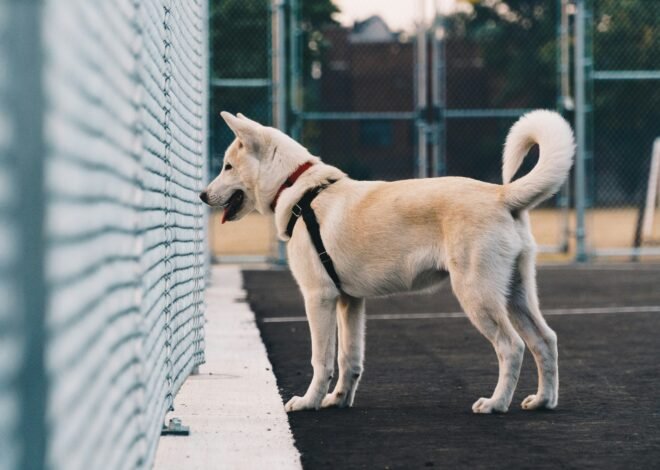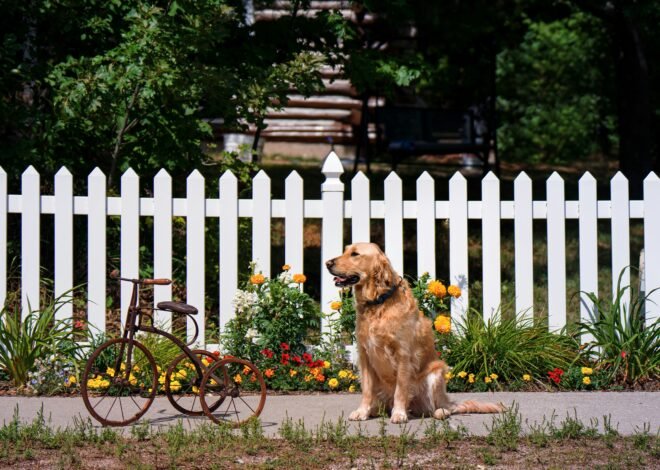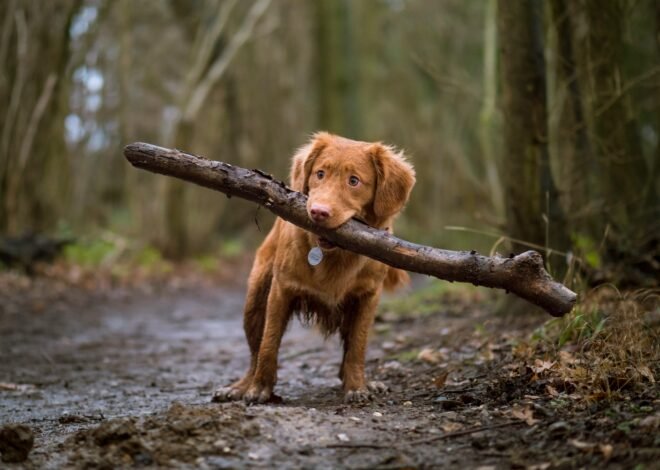
Legal Considerations for Dog Fence Installation
Installing a dog fence is not only about providing safety and security for your pet but also entails certain legal considerations. Before erecting any type of dog containment system, it’s crucial to understand the laws and regulations governing pet ownership and property boundaries in your area. In this article, we’ll delve into the legal aspects you need to consider when installing a dog fence.
Property Boundaries and Zoning Laws
One of the primary legal considerations when installing a dog fence is property boundaries and zoning laws. Before erecting a fence, it’s essential to determine the exact limits of your property to avoid encroaching on neighboring land. Review your property deed or consult with a surveyor to identify property lines accurately.
Additionally, check local zoning laws and homeowner association (HOA) regulations regarding fence installation. These regulations may dictate the height, material, and location of fences, as well as any permits required for installation. Failure to comply with zoning laws and HOA regulations could result in fines or legal action.
Neighbor Relations and Legal Liabilities
Installing a dog fence can sometimes lead to disputes with neighbors, especially if the fence obstructs views or encroaches on shared property lines. To avoid potential conflicts, communicate with your neighbors about your plans to install a fence and address any concerns they may have.
It’s also essential to consider legal liabilities associated with dog containment systems. If your dog escapes from your property and causes damage or injury to others, you may be held legally responsible. Installing a secure and properly maintained fence can help mitigate the risk of escape and reduce potential liabilities.
Pet Licensing and Animal Control Regulations
In many jurisdictions, pet owners are required to license their dogs with local authorities and comply with animal control regulations. Some municipalities may have specific requirements for dog containment, such as the use of certain fence types or the presence of warning signs indicating the presence of a confined dog.
Before installing a dog fence, familiarize yourself with local pet licensing and animal control regulations to ensure compliance. Failure to adhere to these regulations could result in fines or penalties, as well as potential consequences for your pet’s safety and well-being.
Liability Insurance and Homeowner Coverage
Installing a dog fence can also impact your homeowner’s insurance coverage and liability protection. Some insurance policies may require disclosure of the presence of a dog containment system on your property and may offer discounts for installing certain types of fences or additional liability coverage for pet-related incidents.
Before installing a dog fence, review your homeowner’s insurance policy and consult with your insurance provider to understand any coverage implications. It’s essential to ensure that you have adequate liability protection in case of accidents or injuries involving your pet.
Conclusion
In conclusion, installing a dog fence involves more than just choosing the right containment system for your pet. It’s essential to consider the legal implications and regulatory requirements associated with fence installation, property boundaries, neighbor relations, pet licensing, and homeowner insurance coverage.
By understanding and adhering to legal considerations when installing a dog fence, you can ensure compliance with local laws and regulations, maintain positive relationships with neighbors, and protect yourself from potential liabilities. Investing time and effort into researching and addressing legal aspects upfront can help you enjoy the benefits of a dog fence while minimizing risks and legal complications.
Additional Resources:



One thought on “Legal Considerations for Dog Fence Installation”